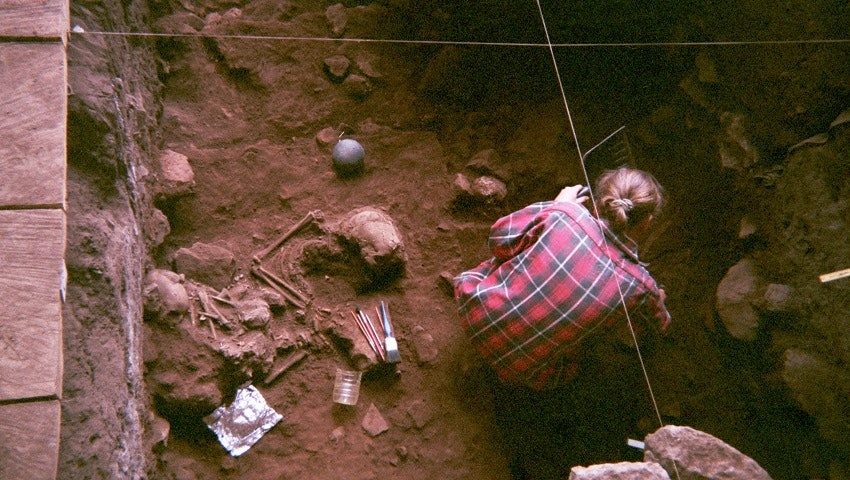
© ISABELLE RIBOTExcavation of a double burial at the Shum Laka rock shelter containing the remains of two boys who lived around 8000 years ago.
Remains from an ancient gravesite in Cameroon have opened a window into the world of the people who lived in western central Africa
before farming and herding became widespread.Africa is the ancient homeland of our species, and the genetic diversity across the continent is unmatched anywhere else on the planet, yet only a handful of sites bearing human fossils have successfully yielded ancient DNA, which is essential for grasping the genetic make-up of prehistoric Africans.
DNA rapidly degrades in tropical conditions and burials were rare prior to the Iron Age, which started around 1500 BCE in Africa.
"There's a tremendous amount of genetic diversity in the past in Africa that we have not been able to see by sampling modern populations," says archaeologist Mary Pendergrast from Saint Louis University, Spain, one of the lead authors of a
paper in the journal
Nature.
That's where the Shum Laka rock shelter comes in. The site, which lies in the Grassfields region of western Cameroon and bears clear signs of use by human foragers from as long as 30,000 years ago, is unique, says Pendergrast.
Eighteen people, mostly children, were buried there during two periods - 8000 and 3000 years ago respectively. Both communities were hunter-gatherers, and by the later time period they were using pottery and relying heavily on fruit picked from nearby forest trees.
These time points "book-end" an important transition period from the late Stone Age to the Iron Age, says Pendergrast, during which humans took up farming and herding.
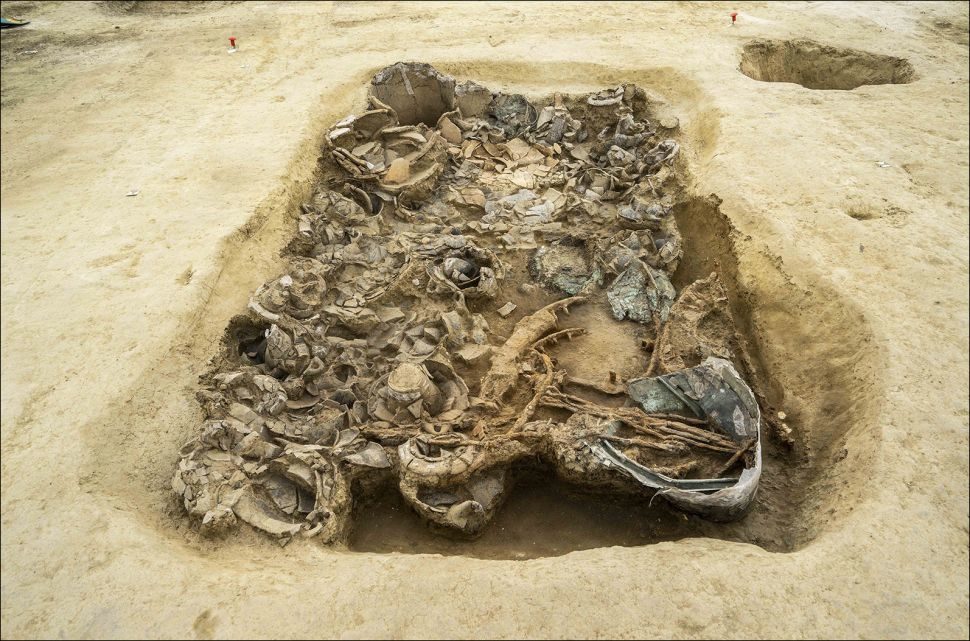
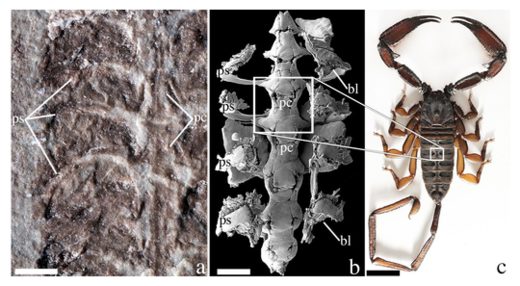


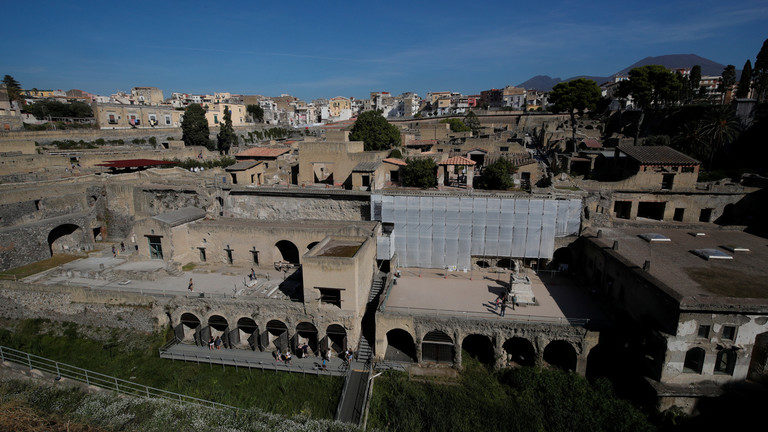

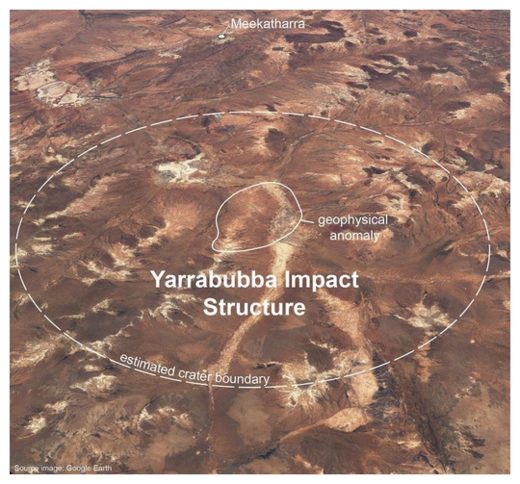
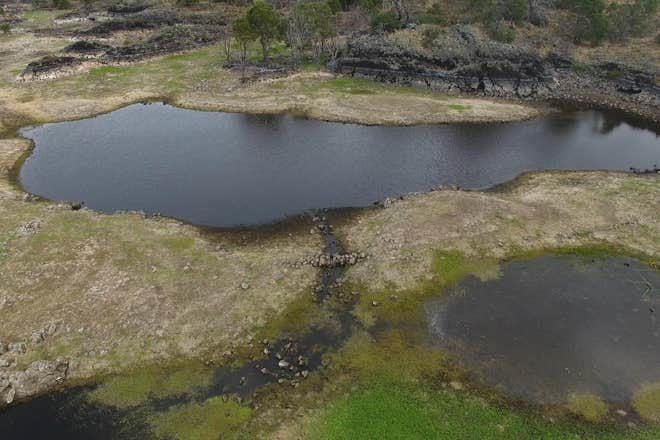





Comment: See also:
- Iron age chariot and horses buried in East Yorkshire look as if they were 'leaping upwards from the grave'
- Scythian tomb with 3 generations of warrior women unearthed in Russia
- Oldest of its kind: Ancient icy tomb of Scythian prince discovered in Siberia
- Iron Age Celtic woman wearing fancy clothes buried in tree coffin in Switzerland
- Gold artifacts found in Scythian grave mounds support claims of ancient Greek historian
Also check out SOTT radio's: MindMatters: America Before: Comets, Catastrophes, Mounds and Mythology